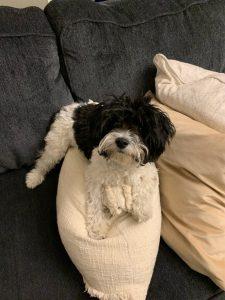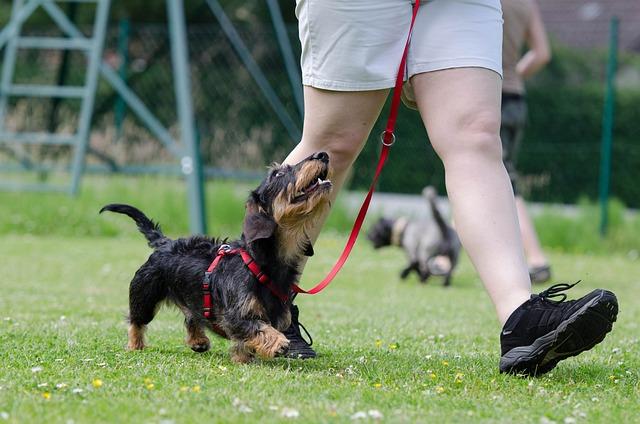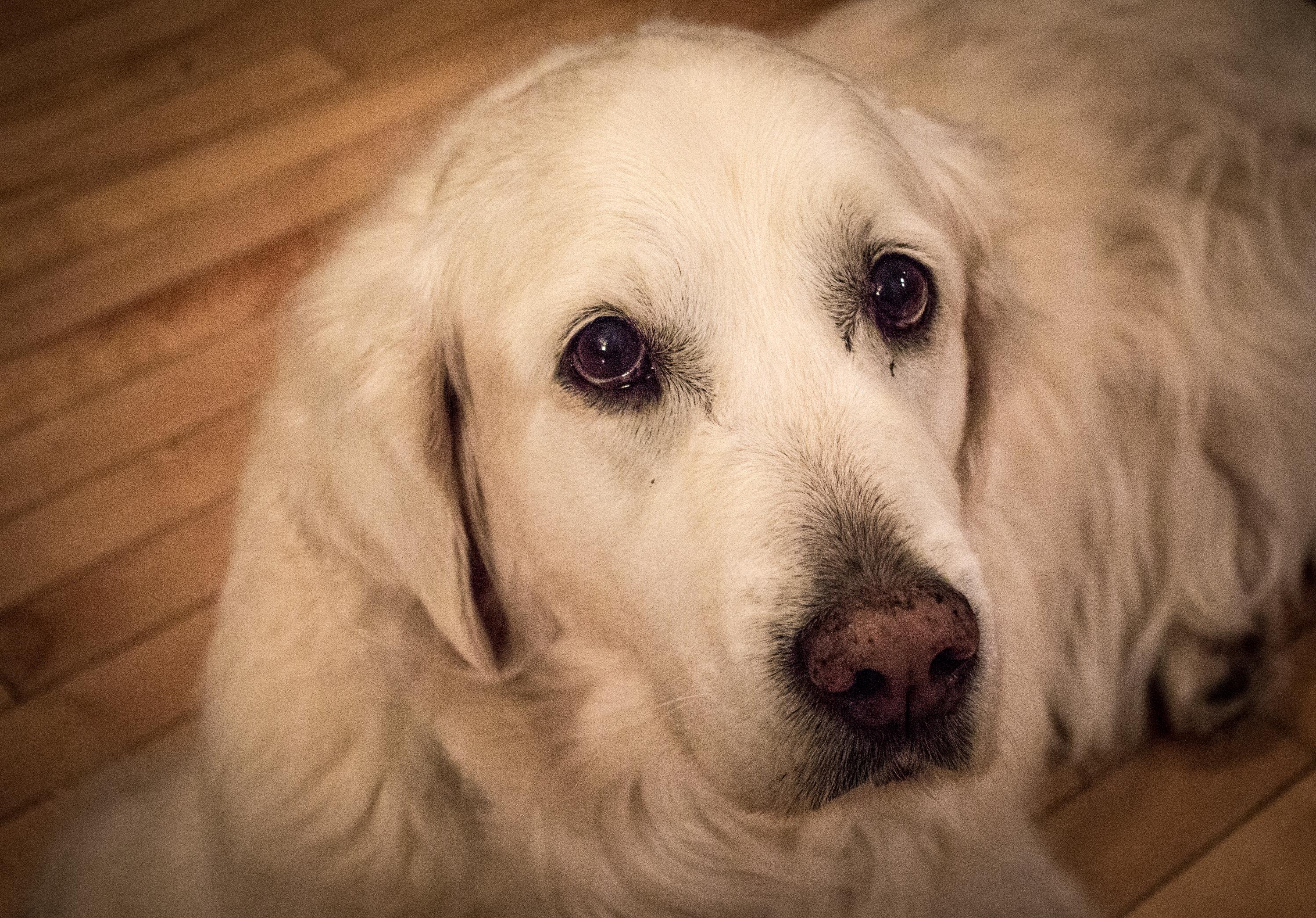Teaching Your Dog to Remain Calm Around Children

Teaching your dog to remain calm around children is an essential skill that can significantly enhance the harmony of your household and ensure the safety and comfort of both your pet and the young ones. Dogs and children can form wonderful bonds, but it’s important to remember that this relationship requires guidance and training to flourish. In this article, we will explore effective strategies to help your dog develop a calm demeanor in the presence of children. Whether you are a new dog owner or looking to improve your pet’s behavior, these tips will provide you with the knowledge and tools necessary to create a peaceful and positive environment for everyone involved.
Understanding Canine Behavior Around Children
To foster a peaceful coexistence between your dog and children, it’s crucial to comprehend the nuances of canine behavior. Dogs communicate through body language and vocalizations, and understanding these cues can help prevent misunderstandings. Look for signs of stress such as yawning, lip licking, or a tucked tail, which may indicate that your dog is uncomfortable. Conversely, a relaxed body, wagging tail, and soft eyes usually signify contentment. Recognizing these signals is essential in guiding your dog’s interactions with children.
- Socialization: Gradually introduce your dog to children of various ages and temperaments to build familiarity and comfort.
- Positive Reinforcement: Reward your dog with treats and praise when they display calm behavior around children.
- Boundaries: Teach children to respect the dog’s space, avoiding sudden movements or loud noises that could startle them.
- Supervision: Always supervise interactions to ensure the safety and comfort of both your dog and the children.
By observing and interpreting your dog’s behavior, you can create a harmonious environment where both your furry friend and young family members can thrive together.

Creating a Safe and Positive Environment
Fostering an environment where both your dog and children feel secure and happy is crucial. To achieve this, begin by ensuring that your dog has a designated safe space, such as a cozy bed or crate, where they can retreat if they feel overwhelmed. Encourage your children to respect this space and understand that it’s a no-interruption zone for the dog. Additionally, establish a routine that includes regular exercise and mental stimulation for your dog, which can help reduce anxiety and promote calm behavior.
- Positive Reinforcement: Use treats and praise to reward your dog when they exhibit calm behavior around children.
- Controlled Introductions: Allow your dog to meet children in a controlled, relaxed setting where both parties can feel at ease.
- Model Behavior: Demonstrate gentle handling and calm interactions, teaching children how to approach and interact with dogs appropriately.
By implementing these strategies, you create a balanced atmosphere that encourages positive interactions and builds trust between your dog and the children in their lives.
Effective Training Techniques for Calmness
Creating a serene environment for your dog around children involves a mix of positive reinforcement and gradual exposure. Begin by ensuring your dog is comfortable with basic commands such as sit, stay, and leave it. These commands are the foundation of controlling their behavior in more stimulating environments. Use high-value treats and consistent praise to reward calm behavior. Introduce your dog to the sounds and sights of children in a controlled setting, gradually increasing their exposure as they become more at ease.
- Short Sessions: Keep initial training sessions brief to prevent overwhelming your dog.
- Safe Space: Provide a designated area where your dog can retreat to if they feel stressed.
- Controlled Interactions: Supervise interactions between your dog and children, teaching kids to approach calmly and respectfully.
- Desensitization: Use recordings of children’s laughter or playtime sounds to accustom your dog to their presence.
Remember, patience and consistency are key. Gradual desensitization, combined with rewards for calm behavior, will help your dog feel secure and composed around children.
Reinforcing Positive Interactions
Creating a harmonious environment for your dog and children involves emphasizing positive interactions. This begins with understanding and respecting your dog’s boundaries. Dogs, like humans, have personal space needs, and it’s crucial to teach children to recognize these signals. Supervised playtime is essential, where you can guide both your dog and children on how to interact safely and kindly. Encourage gentle petting and avoid roughhousing, which can easily overwhelm your dog.
- Introduce your dog to children gradually and in a controlled setting.
- Use positive reinforcement, such as treats and praise, to reward calm behavior around children.
- Encourage children to engage in quiet activities around the dog, like reading or drawing.
- Teach children to approach dogs calmly and to avoid sudden movements or loud noises.
By reinforcing these behaviors, you create a foundation of trust and respect, helping your dog remain calm and comfortable around children. This not only enhances the bond between your dog and the young ones but also fosters a peaceful household environment.



